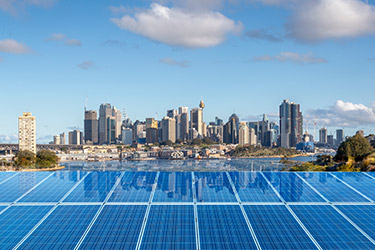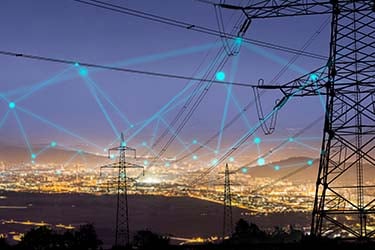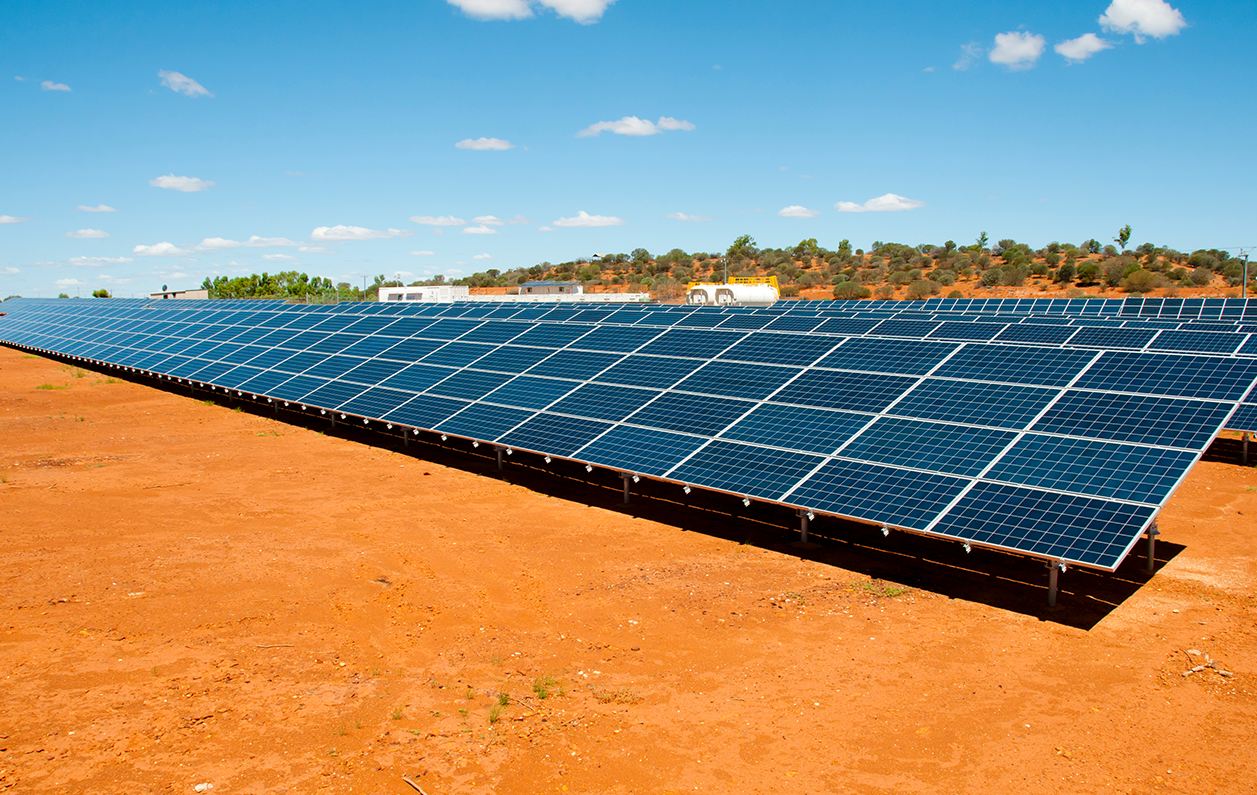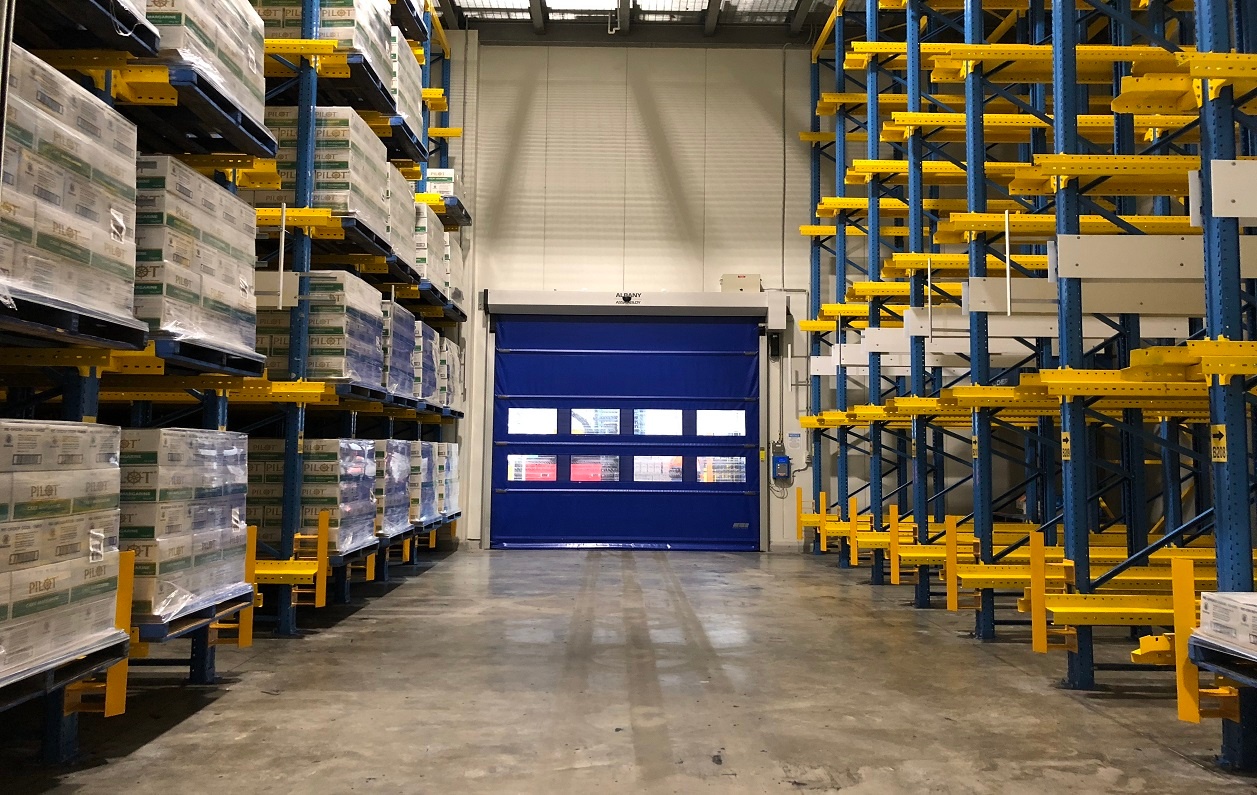Is the Australian market ready to move to smart grids? That’s what we’ve been exploring over the last few months - starting with a look at traditional energy grids and their limitations.
Last time around, we spoke about the traditional grid and its limitations for a growing Australian population.
As I shared in the previous blog, traditional energy grids are large, centralised power generators that rely primarily on fossil fuels and typically aren’t digitised enough to meet modern market requirements.
Reliability, availability and efficiency – the benefits of switching to a smart grid have been talked about for some time.
On the 15th of August 2020 at 10:00:00 AM, Trading Interval 5, the Wholesale Electricity Market (WEM) Balancing price became -$1000/MWh. Trading Intervals 8 and 9 were also -$1000/MWh. August 15th proceeded to produce 18 negative price intervals1.
It's no secret that the future of energy will be vastly different to how we know it today. This brings a raft of challenges for energy providers, but also plenty of new opportunities for the industry and energy consumers alike.
As the closure of another coal-fired power station draws closer, planning Australia’s energy future is becoming even more important.
The 2019 World Economic Forum (WEF) placed Australia 43rd out of 115 advanced economies ready to transition to renewable energy.
With increasing business pressure to improve plant energy and emissions performance, it is natural to turn towards an energy audit as a means of identifying saving opportunities or to justify capital expenditure for a solution.
Given the manufacturing industry accounts for eighteen per cent of Australia’s energy consumption, it has the most to gain from implementing energy saving improvements.















